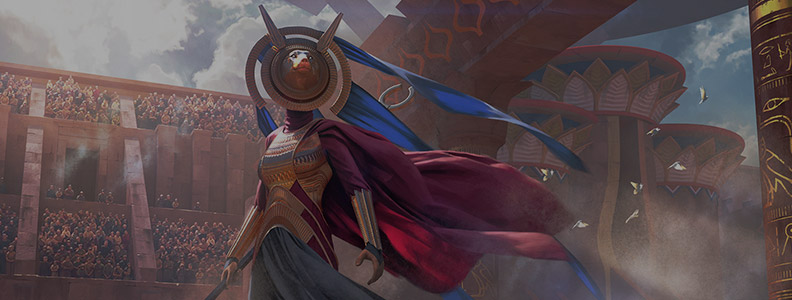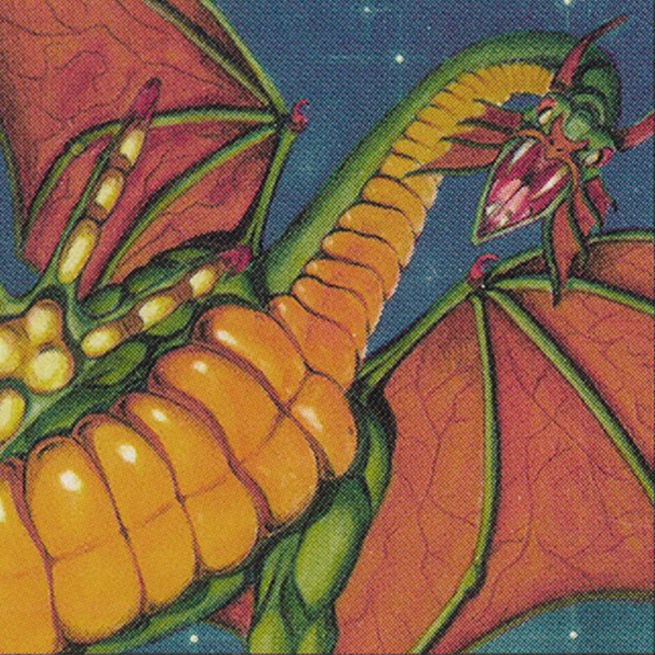Welcome to our artists interview series, There's no Magic without art, where we talk to artists about their work on Magic: the Gathering.
Today we share with you our talk with Carl Critchlow, here's what he told us.
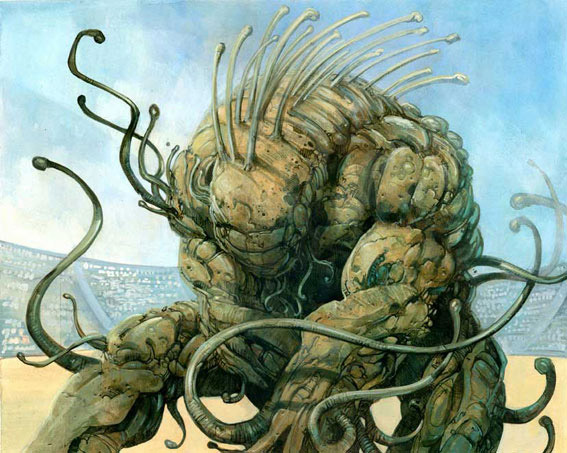
You've been working with Wizards of the Coast since 1999 and your paintings appear on more than 200 cards. Tell us a little about how you got started.
Back in the 1990's there were quite a few artists in the UK producing fully painted strips for the UK comic 2000AD following the sucess of Simon Bisley's work on 'Slaine'. Wizards of the Coast were looking for new artists to work on MtG and sent an art editor (Maria Cabardo) on a scouting mission to the UK Comic Art Convention where she made contact with several of us who went on to produce a lot of card art over the following few years. Apart from myself, Kev Walker, Greg Staples, Rob Bliss and Dermot Power were all signed up.
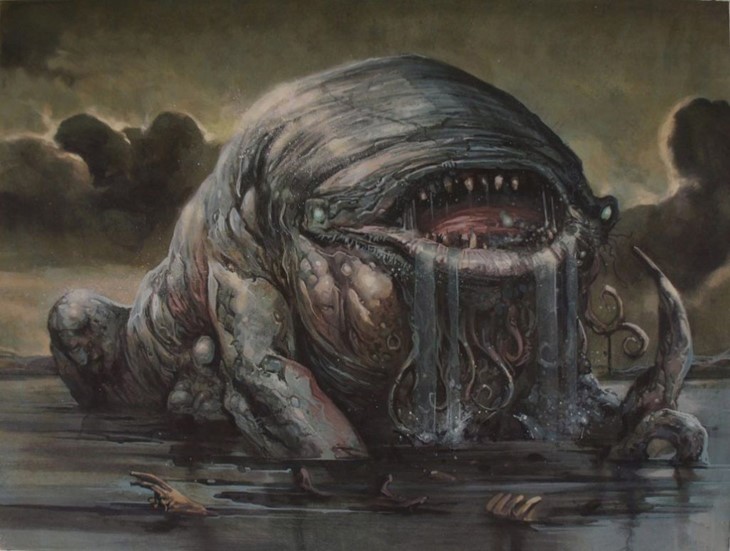
You've mentioned that "as the Magic universe has evolved over the years, there's a little less room for personal input than in some of the earlier sets". As an artist, you've got a unique perspective on the growth of the game. How have these changes impacted your work?
I wouldn't say the evolution of the Magic universe has had a great impact on my working approach, but there is a more coherent design influence to many aspects of cards in the later sets as they're depicting people, environments and creatures that have already been seen in earlier editions.
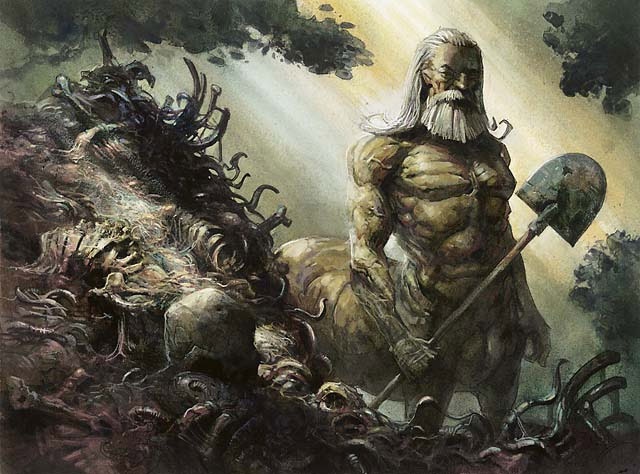
Many of your Magic art features Rats, Goats, Squirrels, Cats, Hounds, Tigers, Beasts, Bears, Elephants, Insects, Birds, and Wurms. Is this a "theme" that plays to your strengths as an artist?
I hope so. It's the job of a good art editor to match up the individual jobs with the most suitable artists, so I suppose you'd have to ask them ;)
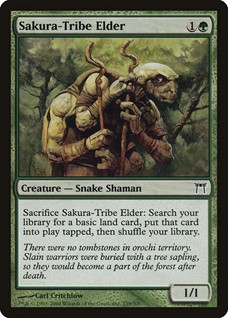
On 2013 you said that "the artwork is always drawn traditionally (usually with a dip pen) in ink and then scanned in and colored on the computer". Can you elaborate further on your work process and the impact of technology?
The interview you mention in the question was mainly about my comic strip work, which is usually black and white line art coloured in Photoshop, but for my Magic card art I prefer traditional painting. The older cards are done in acrylics and then I switched to a combination of watercolour and gouache around the time of the Ravnica block.
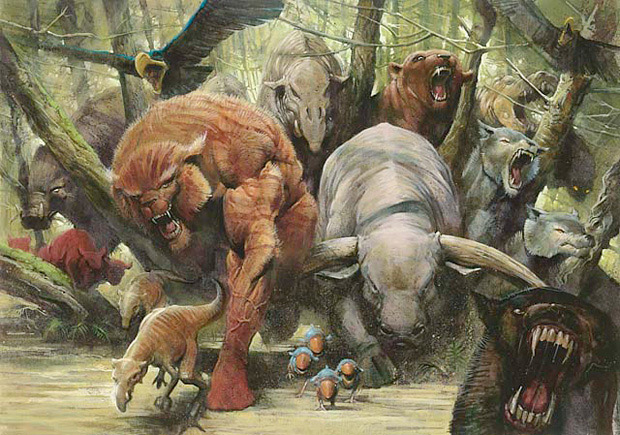
After a hiatus, you recently made an amazing comeback with Unstable. That Goat token is genius. How did it feel to make these paintings?
Glad you like the Goat! Many thanks for the kind words - I've always enjoyed doing Magic cards and it was great to work on them again - I hope to have the chance to do some more (if anyone from WotC reads this ;) but I guess we'll have to wait and see...
Of all the cards you painted, which ones were the most challenging, and why?
Each card presents its own different challenges. As I mentioned earlier a successful Magic card always depends on a strong image that reads well on a small scale - the other thing you always need to think about is the card colour - I find White cards in particular need a lot of thought.
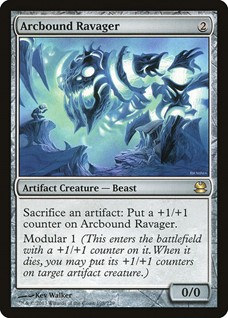
We want to thank Carl for taking the time to talk to us. You can find more about his work on his website.
